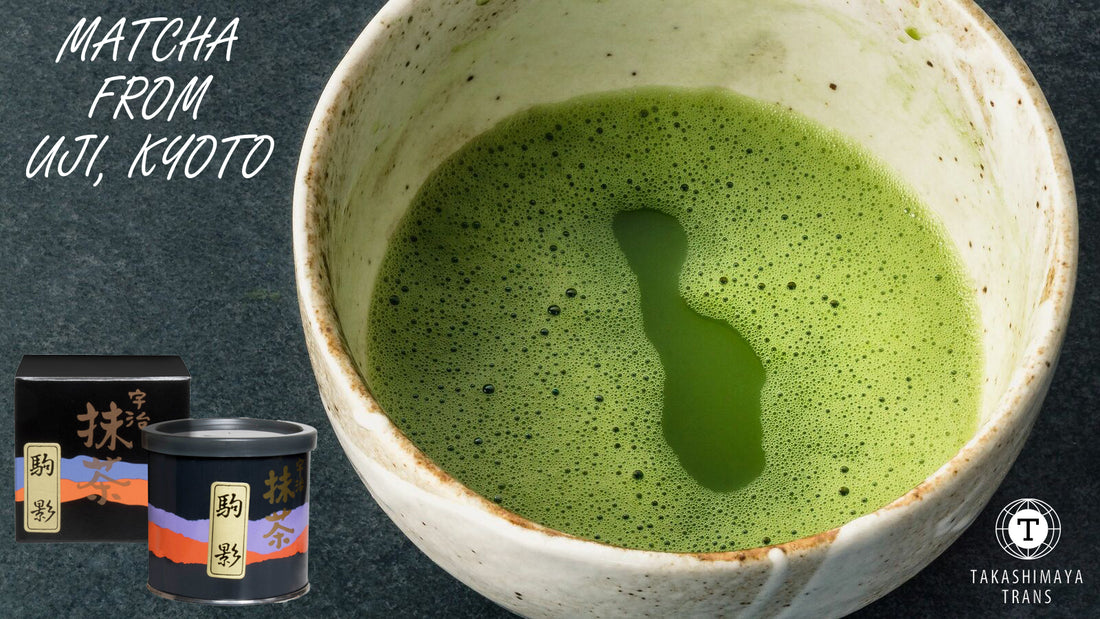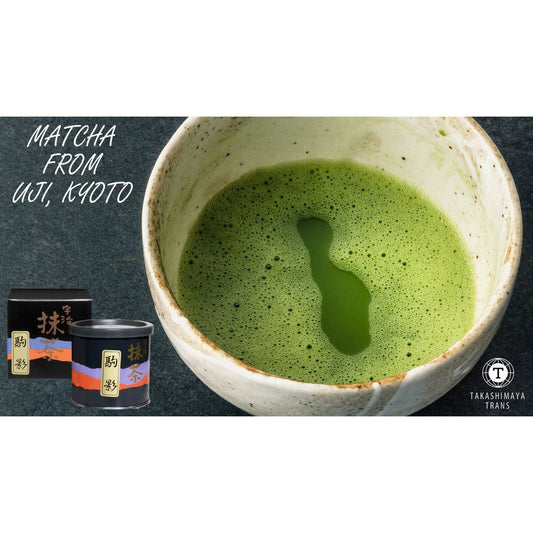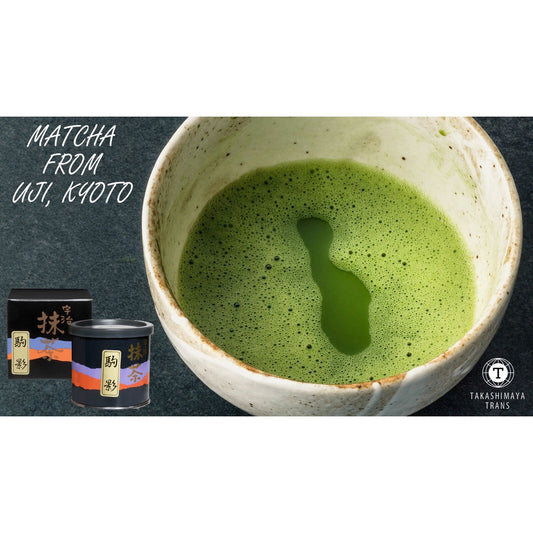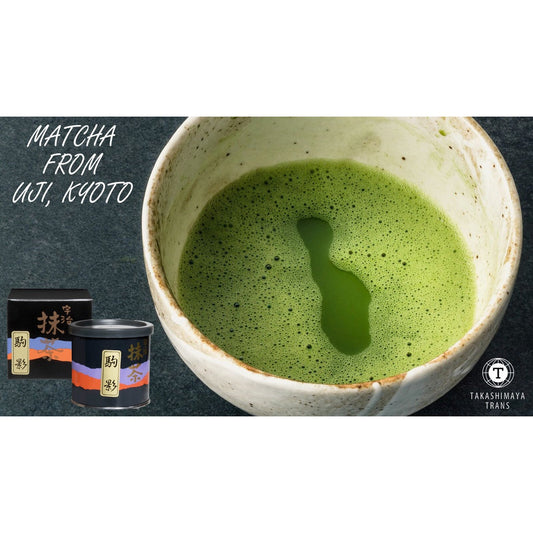
What Makes Good Matcha?
In recent times, matcha has gained immense popularity, leading to a significant increase in demand. However, traditional production methods have struggled to keep up with the supply, resulting in the rapid expansion of mass production techniques. Consequently, the opportunity to savor high-quality matcha has decreased. In this blog post, we will explore what constitutes good matcha and delve into the factors that contribute to its quality. By understanding how to discern quality beyond price and reviews, you can elevate your matcha experience and truly appreciate its essence.
1. Rising Demand and Growing Popularity:
With the growing trend and widespread recognition of matcha's health benefits, its popularity has soared. This increased awareness and demand have created a market where discerning quality becomes crucial.
2. Balancing Supply and Quality:
Traditional methods of matcha production have struggled to meet the surging demand, leading to the emergence of large-scale production techniques. While this helps address supply concerns, it often compromises the overall quality of matcha available in the market.
3. The Essence of Quality Matcha:
A hallmark of high-quality matcha is its exquisite aroma and profound depth of flavor. The best matcha is made from carefully selected tea leaves, grown under optimal conditions and harvested at the right time. These factors greatly contribute to the superior taste and overall experience.
4. Looking Beyond Price and Hype:
When searching for quality matcha, it is essential not to rely solely on price or popular opinion. While higher-priced matcha can indicate better quality, it is not always the case. Similarly, blindly following trends and reviews may not lead you to the matcha that aligns with your preferences.
5. Evaluating Matcha Quality:
To truly discern the quality of matcha, consider the following aspects:
a. Appearance: High-quality matcha should have a vibrant, bright green color.
b. Aroma: A pleasant and fragrant aroma is indicative of good matcha.
c. Texture: Fine, smooth powder that clings to a bamboo whisk and creates a creamy froth when whisked.
d. Taste: Quality matcha strikes a harmonious balance between natural sweetness, umami, and a slight hint of bitterness.
Conclusion:
In the current matcha market, where demand is soaring and mass production is prevalent, it's essential to understand the elements that define good matcha. By going beyond price and popular opinion, you can develop an appreciation for high-quality matcha that offers a delightful sensory experience. Explore different brands, learn about their production methods, and evaluate matcha based on its appearance, aroma, texture, and taste. Elevate your matcha journey by seeking out the finest varieties and savoring the essence of this revered tea.

![Kyoto Uji Matcha Green Tea Powder EIJU 京都宇治抹茶 永寿 [Direct from Japan]](http://sg.takatrans.com/cdn/shop/files/59a0d217accd52af2eea14d115d1aa2f.jpg?v=1752573978&width=533)
![Kyoto Uji Matcha Green Tea Power KOMAKAGE 京都宇治抹茶 駒影 [Direct from Japan]](http://sg.takatrans.com/cdn/shop/files/9d551fd9780c01e68f428206e55a6e88.jpg?v=1752574038&width=533)

![Kyoto Uji Matcha Green Tea Powder KOHATA 京都宇治抹茶 許波多の昔 [Direct from Japan]](http://sg.takatrans.com/cdn/shop/files/6aae4f6e307491b9a1639f9e69eb4d39.jpg?v=1752574020&width=533)

![Kyoto Uji Matcha Green Tea Powder YAYOI 京都宇治抹茶 弥生の白 [Direct from Japan]](http://sg.takatrans.com/cdn/shop/files/c196299168ab1221de6b754ccb332e47.jpg?v=1752574068&width=533)
